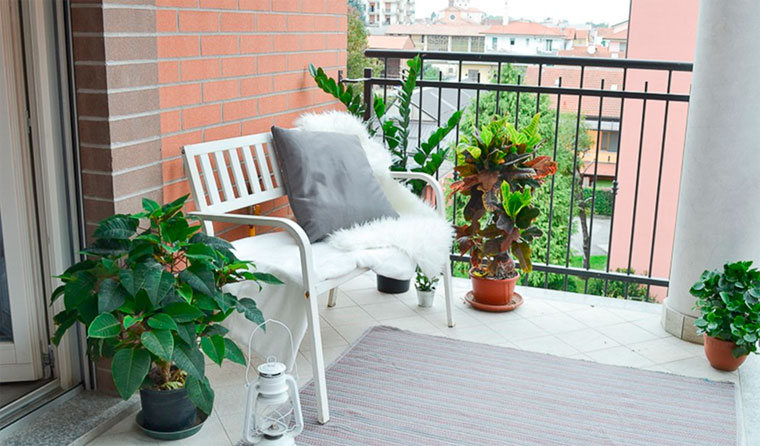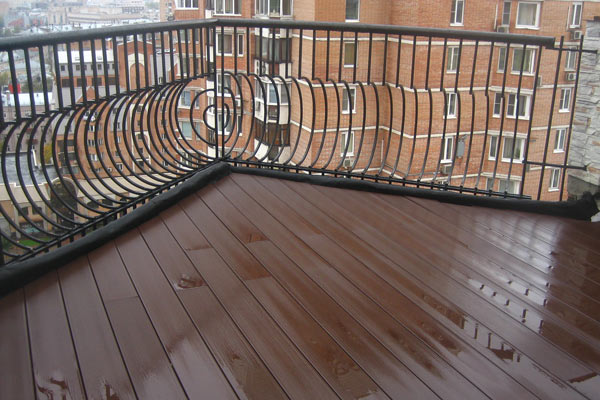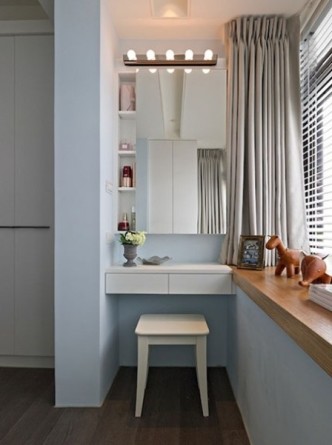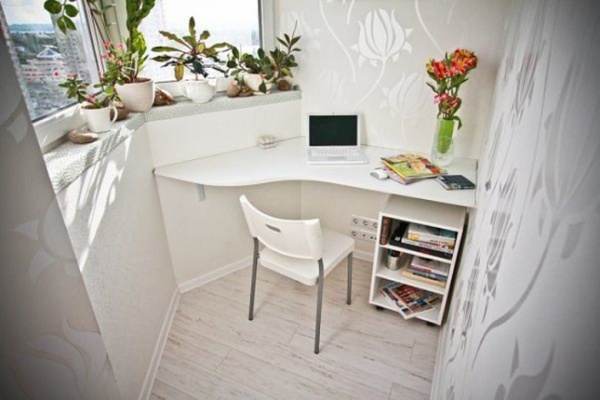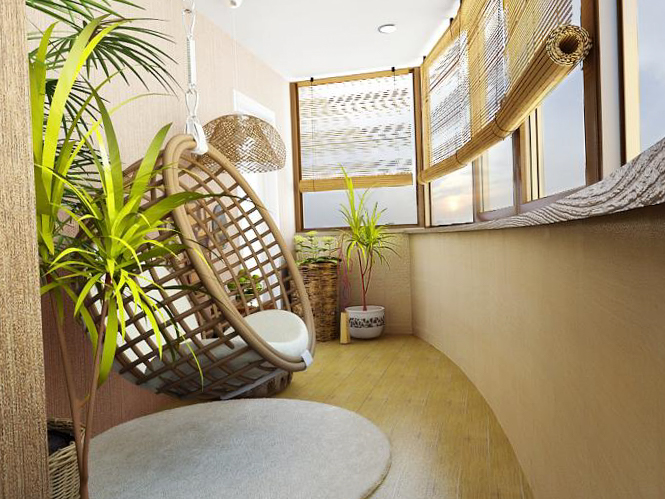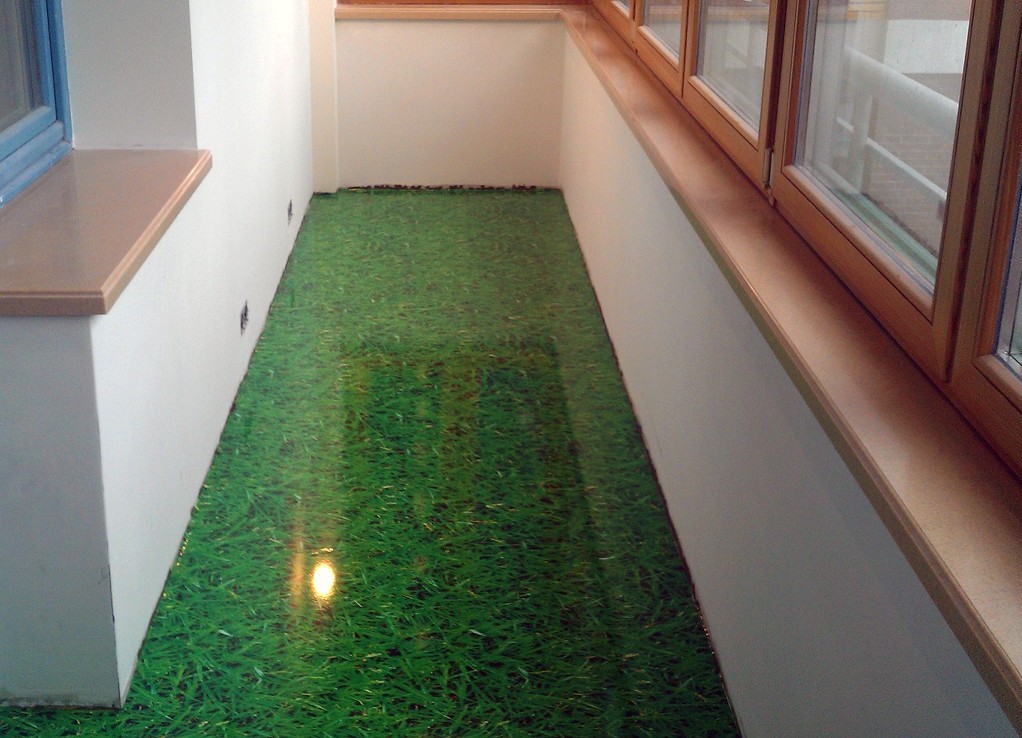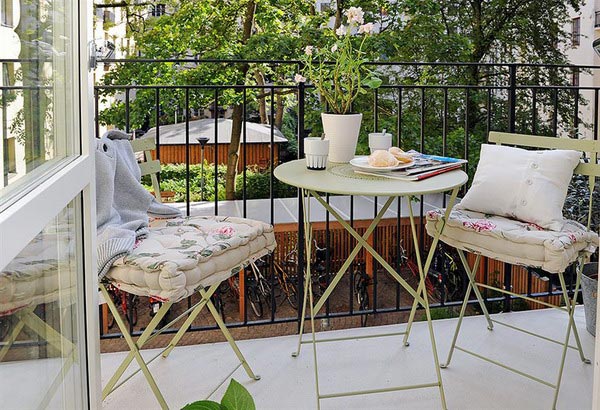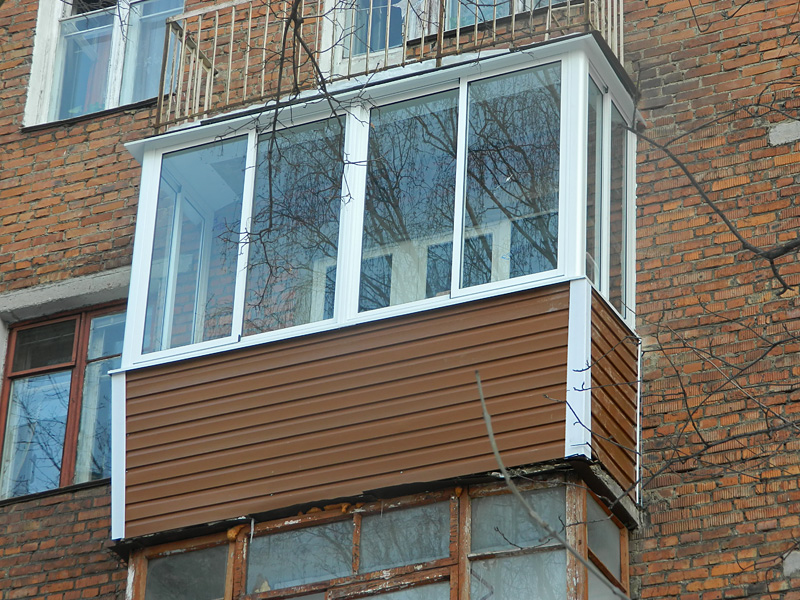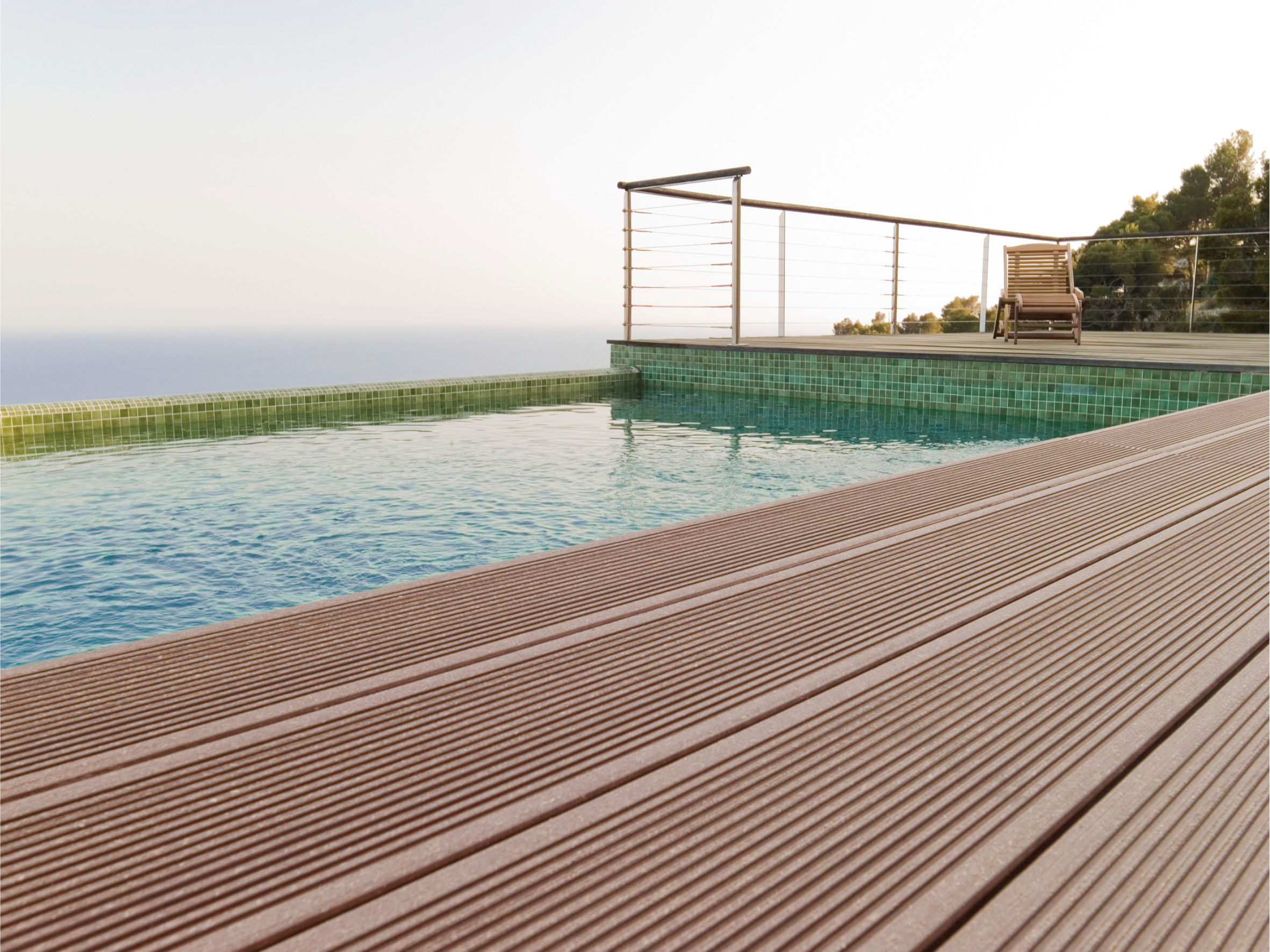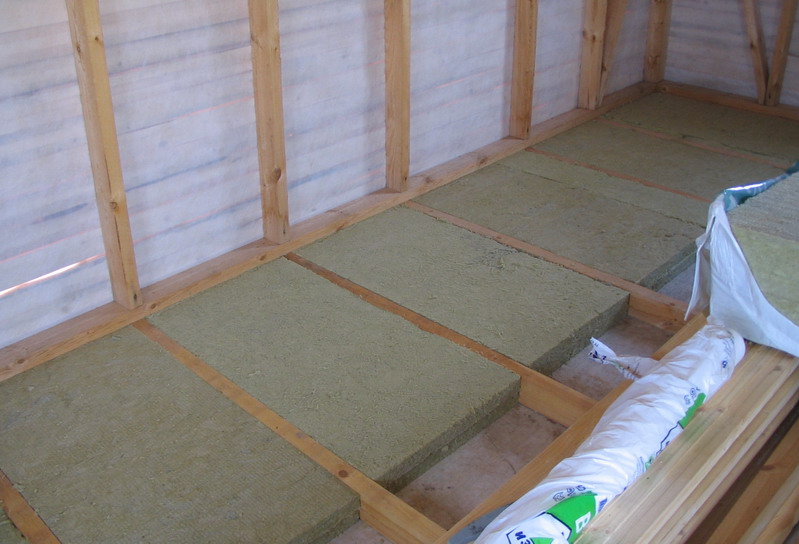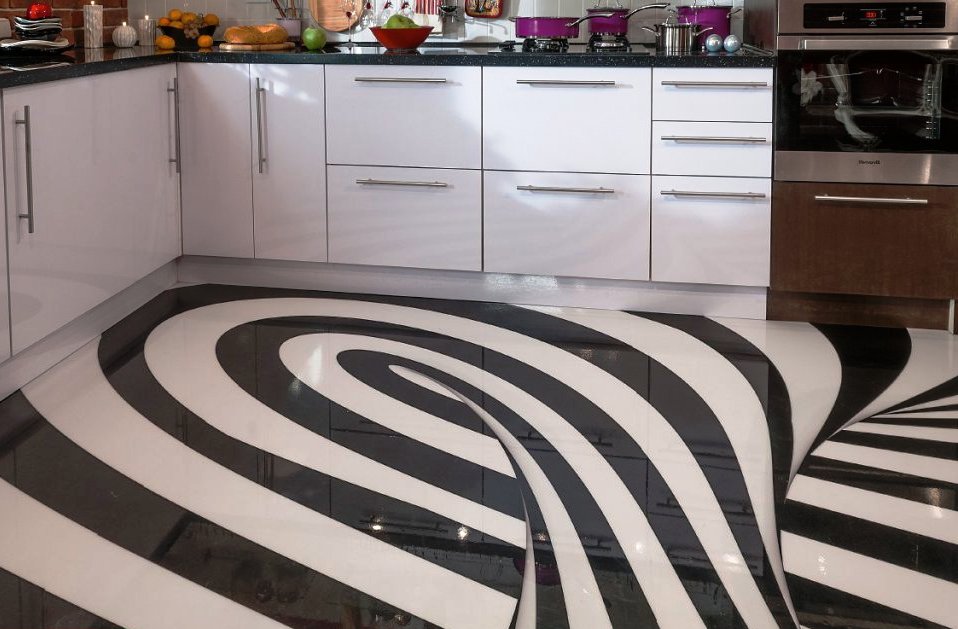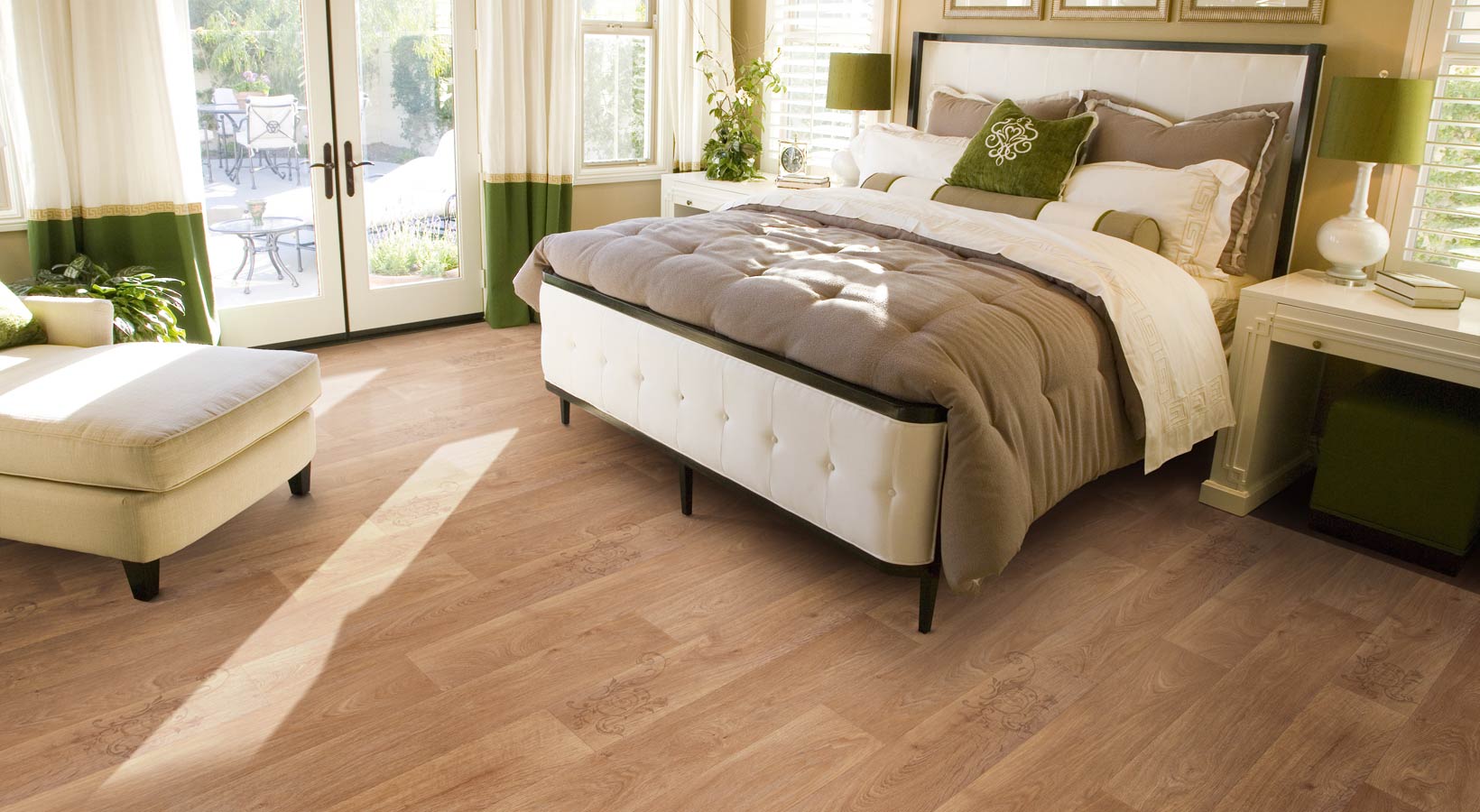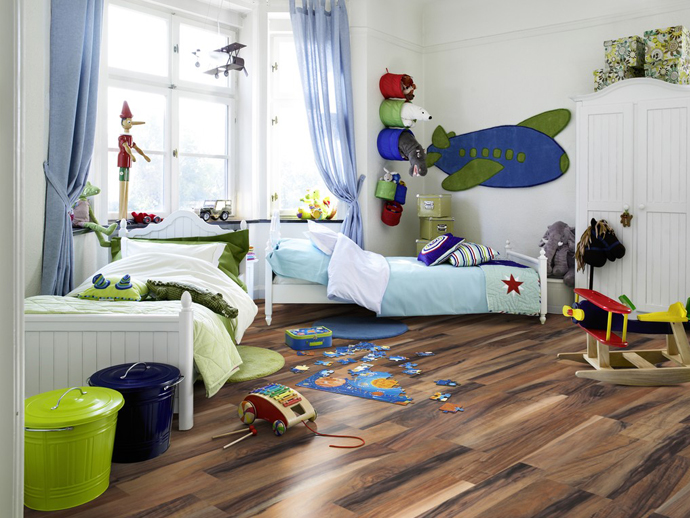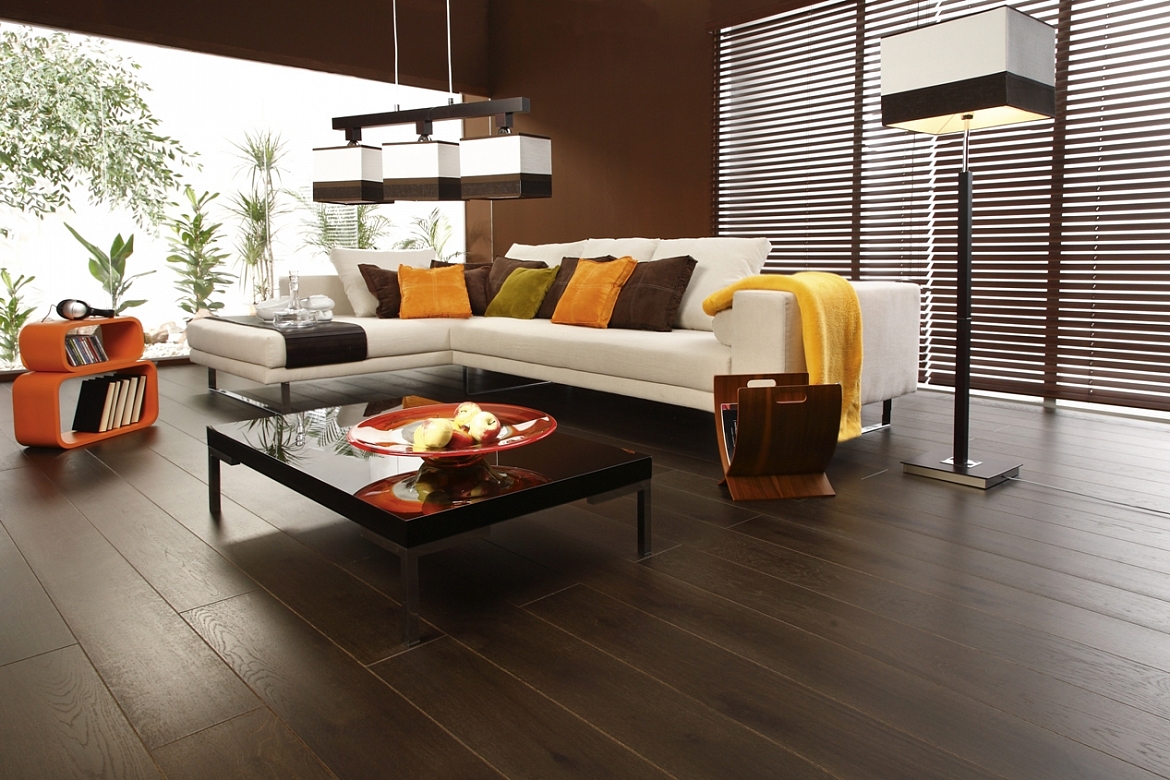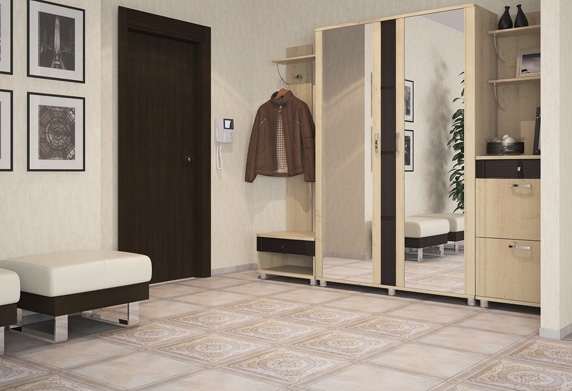9 materials for finishing the floor on the balcony and loggia
What if the apartment is not very large in size? Many of us try to use space rationally. loggias and balconiesorganizing there the continuation of rooms, an office, a play area, a flower garden or just a relaxation area. Whatever the purpose of this space, it needs to be finished anyway. Designing a balcony and a loggia according to the residual principle is not very correct - it will be very difficult to get a harmonious and comfortable space. To approach the repair work on the balcony you need as carefully as to bedroom repair or living room. The first thing to decide is flooring material.
What will be the floor on the balcony or loggia, depends not only on the preferences of households and the family budget, but also from the features of the room. The dominant role is played by glazed balcony or not: on the open balcony, the floor should be more stable and strong. If the room is glazed, then the choice of materials is expanded: only availability is limited underfloor heating systems. We will figure out which materials are suitable for different conditions.
No. 1. Ceramic tile
This is a universal material.which is suitable for open and closed balconies and loggias. Often this option is chosen by the owners of unglazed balconies and those who prefer to use underfloor heating. Among the main advantages it is worth highlighting:
- high strength;
- water resistance;
- heat resistance;
- hygiene and ease of care, which is important for open balconies;
- huge assortment, allowing you to choose a material of any color, size, with any pattern, and lay tiles can be in many different ways;
- excellent thermal conductivity is a key indicator for underfloor heating.

It is worth noting that the latter properties are a minus for owners of balconies and loggias without underfloor heating, because the surface of the tile will always remain cold. Another minus of the material is slippery surface, which when water gets even more slippery. It is better to choose a tile with anti-slip properties: it has a rough or embossed surface, maybe with notches.
When choosing tiles on the balcony, you should make sure that the foot icon is present in the marking - evidence that the material is intended for finishing the floor. It’s important for owners of open balconies take into account the rate of water absorption - the lower it is, the more frost-resistant the tile.
No. 2. Terrace board
Terrace board It will be an excellent solution for an open balcony, as it is distinguished from the massive board and piece parquet by the features of production. In fact, this is a type of lumber, but in the manufacture of the massif, it undergoes high-temperature processing or the sawdust is mixed with polymer, and then each board is additionally treated with protective materials, which allows the material to be used in outdoor conditions.
The benefits are as follows:
- high strength;
- resistance to mechanical stress;
- resistance to temperature extremes, precipitation, sunlight and aggressive environments;
- ease of installation and maintenance;
- decorativeness and environmental friendliness;
- ability to retain heat;
- boards differ in color, so you can always choose the right option.

Since the material undergoes processing with all protective equipment even during manufacture, there is no reason to fear rot and fungus. A terrace board is made from larch, hardwoods of tropical wood, or from a wood-polymer composite. The latter is produced from sawdust, wood flour and a mixture of polypropylenes. Material in all respects surpasses a massive board, except, of course, naturalness. The main minus of a terrace board is high price, which is more than blocked by appearance and resistance to negative environmental factors.
No. 3. Wooden floor
This is about massive blackboard and piece parquet. Both materials can only be used for closed loggias and balconies, as a tree under the constant influence of moisture and the sun will quickly deteriorate. The benefits include:
- naturalness, environmental friendliness and chic appearance;
- warm surface;
- with proper care, the wooden floor will last long enough.

Minuses everyone can easily list on their own: the tree is sensitive to temperature extremes, humidity, sunlight, pests. In order for it to serve for a long time, it is necessary to carefully care for it, use it protective impregnation. On the other hand, a wooden coating that has lost its former appearance can be easily restored by removing a thin top layer and applying top varnish or paint.
Wood flooring incompatible with underfloor heating system due to low thermal conductivity, but the surface of the tree itself can hardly be called cold. To cover the coating for as long as possible, it is better to choose oak or yew wood, in extreme cases, birch. Boards made of linden, pine or cherry are much softer and will serve much less.
Number 4. Parquet board
A solid wood board is quite an expensive pleasure. If you want to create a cozy atmosphere on the balcony or loggia and at the same time save a little, then the compromise solution becomes parquet floor. This is a three-layer material, and only the top layer is a solid tree of expensive species. The two lower ones are made of coniferous wood, which reduces the cost of the material, but does not significantly degrade its environmental friendliness.
Parquet board - An ideal solution for loggias and balconies combined with the living room. The main advantages of the material are:
- environmental friendliness;
- warm surface;
- sound absorption ability;
- excellent appearance and huge assortment;
- ease of installation;
- the ability to use with underfloor heating.

In terms of durability, parquet is inferior to piece parquet: the last can loop an infinite number of times, but a three-layer parquet board can be restored only a few times, and this figure depends on the thickness of the top layer. By cons We also attribute the fear of moisture and the ability to scratch the surface.
No. 5. Laminate
Laminate Great for glazed balconies and loggias. By the ratio of performance and price, the laminate can be considered one of the most optimal materials.
Main advantages:
- ease of installation and care;
- strength. Though intended for residential premises laminate class 21, 22, but it is better to take material with a margin of safety. Class 32 is perfect, and besides, finding a laminate of a lower class is already problematic today;
- huge selection of colors. Laminate can imitate the structure of any kind of wood, can resemble a stone, tile or any other material;
- security. There is still a myth today blaming the laminate for the emission of formaldehyde and acrylic resins. It is not confirmed, but for your own peace it is better to purchase Laminate from reliable manufacturersproviding their products with safety certificates;
- low price.

Laminate consists of several layers: fiberboard, moisture-resistant paper, film, paper with a pattern, a layer of melamine resin.A wide variety of colors due to the fact that you can print any pattern. Thanks to modern production methods, the necessary relief can also be created so that the laminate cannot be distinguished from wood at all. But such a similarity is only external - the disadvantages of the laminate are completely different.
The main minus - This is a high noise: the fall of a light object will be heard well. Laminate is afraid of water, but manufacturers have learned to deal with this problem by offering customers water and moisture resistant material. Often the disadvantages include a slippery surface, but a raised laminate or several rugs on top of it completely solve this problem.
Laminate can be used with underfloor heating. For this, they even developed special grades of laminate: it differs from the usual one in lower heat conductivity and higher heat resistance.
No. 6. Linoleum
Linoleum decorates many modern the kitchen, hallways and living rooms, and is also used on balconies and loggias. Why do they love linoleum so much? Its main advantages:
- low price;
- a huge selection of colors and patterns;
- ease of installation and maintenance;
- high wear resistance, linoleum tolerates moisture well;
- excellent heat and sound insulation properties;
- when objects fall, there is no noise, and dents are unlikely to remain.

Cons compared with the number of shortcomings is not so much. These include:
- sensitivity to ultraviolet, therefore linoleum is better to use on glazed balconies and loggias;
- dents remain from heavy furniture, but this is unlikely to threaten the floor of the balcony;
- the modern market is filled with linoleum from unscrupulous manufacturers, which can even have a characteristic unpleasant odor. It’s better to spend a little more, but buy material from a company with a good name.
Although linoleum has a fairly warm surface, many prefer to use a system of warm floors with it. In this case not any material will do - you need to stop the choice on a multilayer heterogeneous linoleum. All its layers have the same expansion, so when heated, the material will not deform.
Number 7. Self-leveling floors
Today, Levl Coat floors are in great demand, which are widely used not only on year-round sports grounds, but also on open balconies and loggias. Among the main advantages it is worth highlighting:
- record wear resistance;
- moisture resistance;
- simplicity in operation;
- resistance to sunlight;
- stylish appearance.
Self-leveling floors can feel free to call unkillable. They are performed on the principle of concrete screed, and the main disadvantage is the high price. In addition, the surface is quite slippery, so it is better to use polymer mats in addition.
Number 8. Painted floors
Need staining wood and concrete floors. For the former, this is additional protection, for the latter, an easy way to decorate.
What colors are better to use?
- Acrylic paints are universal, suitable for concrete and wood. They are resistant to sunlight, waterproof and frost-resistant;
- aqualak - an excellent option for a wooden floor, it has the highest moisture resistant properties;
- Alkyd varnish is another option for wood. It is resistant to ultraviolet, moisture and temperature extremes;
- polyurethane paint suitable for concrete and wood. It is durable, easy to apply and waterproof.

If painted wooden floors are a good option for a covered loggia, then painted concrete floor is the easiest and most cost-effective way to create comfort on an open balcony. Of course, the surface of the floor should be flat and completely frozen before painting. Experts recommend performing ironingwhich provides perfect smoothness of the finished surface.When the concrete floor is not completely dry, it is evenly sprinkled with dry cement, and the surface is smoothed with a brush. The process resembles staining. When the floor dries well, it can be painted in the desired color.
The benefits of painting floors are obvious: budget and simplicity.
No. 9. Carpet
A fairly rare way to organize the space of a loggia or balcony is to use a carpet. If the loggia is a continuation of the living room or a place for rest and relaxation, then soft carpet is a good option.
The main advantages:
- soft and pleasant to the touch surface;
- good heat and sound insulation qualities;
- Huge selection of colors and patterns. The length of the pile may also vary.
Carpeting is made from natural, synthetic or blended yarns. Synthetic fabric carpet is easier to operate. Be prepared for the fact that this material attracts dust, and it is not so easy to remove stains from the carpet.
Huge range of options allows you to find the perfect finishing material for performance, design and price.

